Rajshahi May 17 (V7N) - A large herd of over 400 cows and calves has made Kumari Beel in Tanore, Rajshahi, their temporary home, managed by Rafiqul Islam (62) from Chapainawabganj and eight other cattle breeders. These individuals, following a generational profession, move their cattle from one upazila to another, seeking empty fields with ample food for their herd.
For them, the open field serves as both their residence and their place of business. They collect milk from their cows and sell it directly from the field to sustain their families. Rafiqul Islam mentioned that he maintains around 50 cows and aims to sell at least 15 annually during the month of Bhadra (August-September), when the cows are naturally well-fattened and market prices are favorable.
He explained that this cattle-rearing tradition has been passed down through generations in their families, and its profitability continues to attract both seasoned practitioners and newcomers. Their movement is dictated by the availability of grazing land, leading them to locations like Godagari and Tanore in Rajshahi, where they typically stay for 15 to 20 days before returning home in shifts. They collectively raise cows belonging to various individuals.
Their monthly income from milk sales is approximately 40,000 taka, and by selling 15 to 20 cows each year, they earn around six to seven lakh taka. They primarily raise indigenous breeds, which are known for their resilience to diseases and adaptability to the local environment. In each location they settle, cowherds are appointed to collect the milk.
Lal Mohammad, another member of the group, shared his 10-year experience in this profession. With his current herd of 40 cows, he earns between 10,000 to 15,000 taka monthly from milk and about 500,000 taka annually from selling cows.
He elaborated on their nomadic lifestyle, moving across different upazilas of Rajshahi. Some cow owners hire shepherds, while they generally stay in one place for about two weeks. Their nights are spent under makeshift tents made of polythene beneath trees, and they take turns guarding the cattle. The income from milk sales covers their travel, food, and household expenses.
Lal Mohammad further noted the financial flexibility this lifestyle provides. Unexpected expenses like medical treatment, weddings, or other events can be met by simply selling a cow. However, the monsoon season poses challenges with heavy rains and flooding, leading to waterlogged fields and scarcity of natural fodder, requiring them to purchase feed for the cattle.
For these individuals, cattle rearing is not just an occupation but their sole means of survival. The fields are their reality, and their cows represent their wealth.
END/RAR/RH/



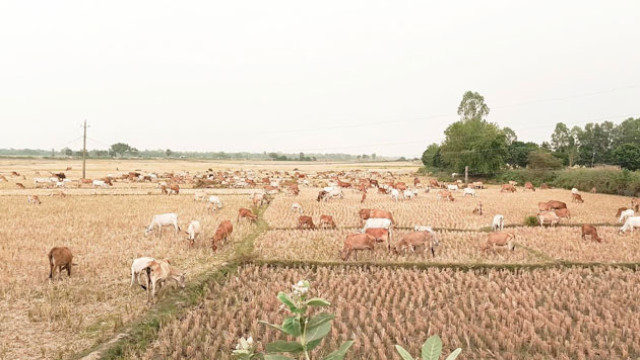
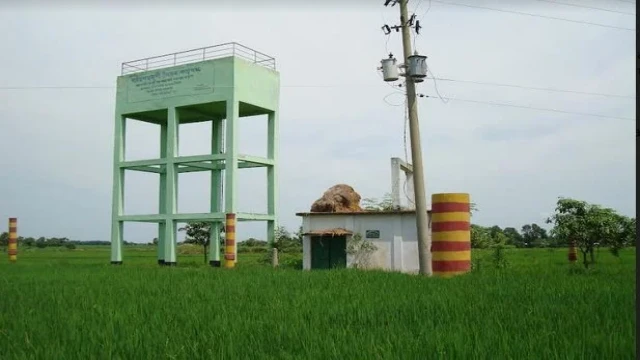
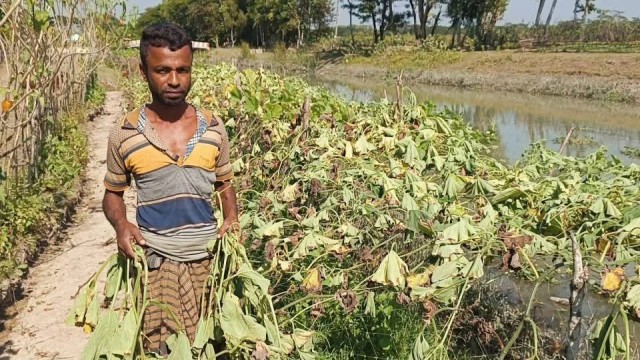
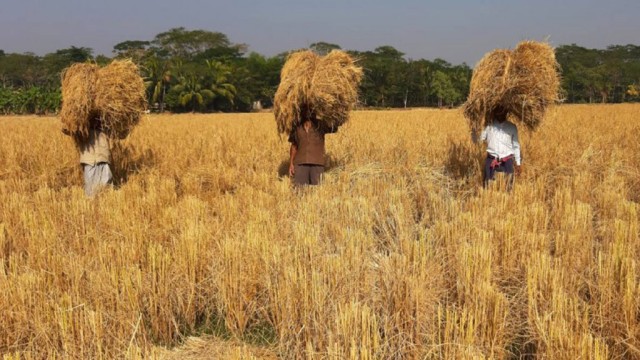
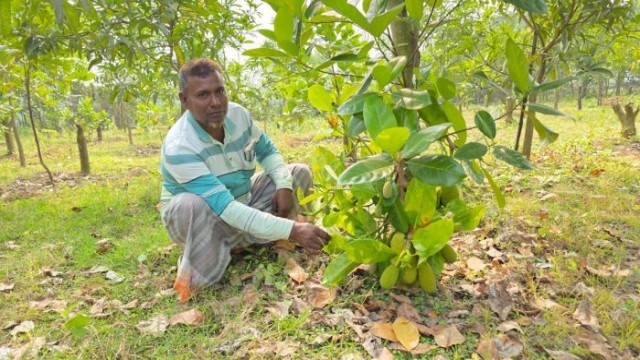
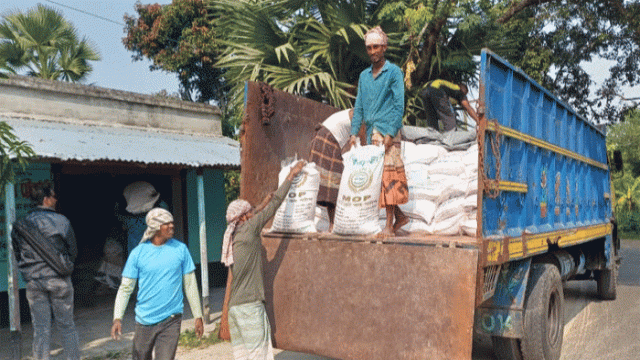
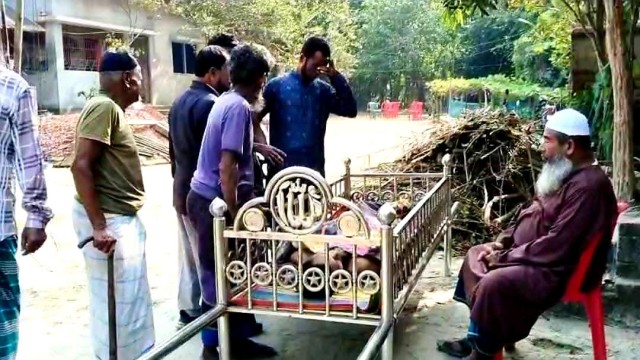
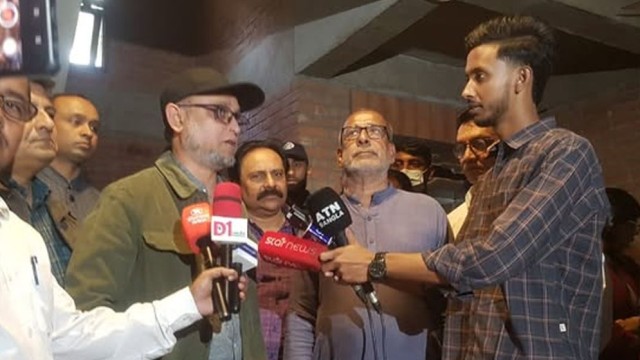
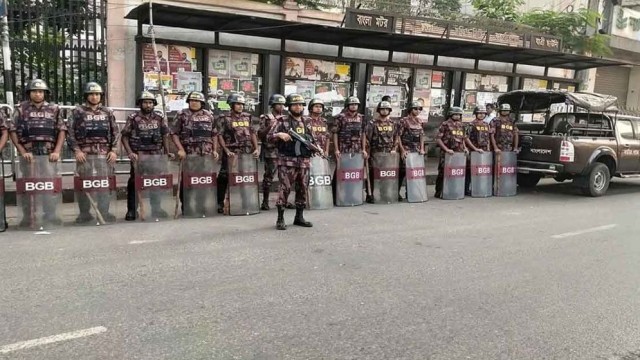

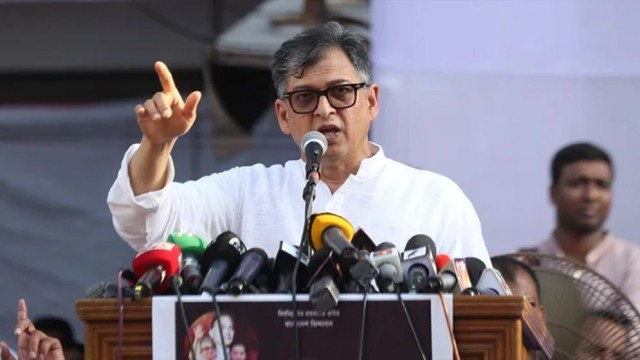

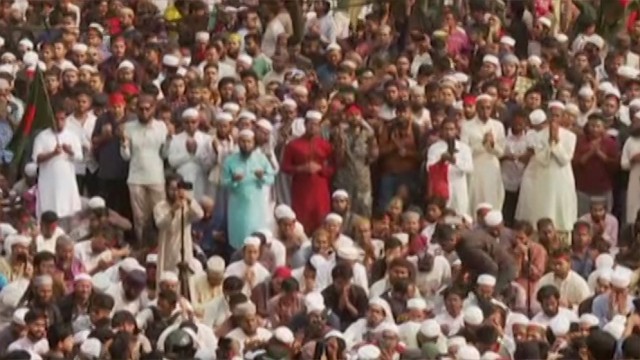
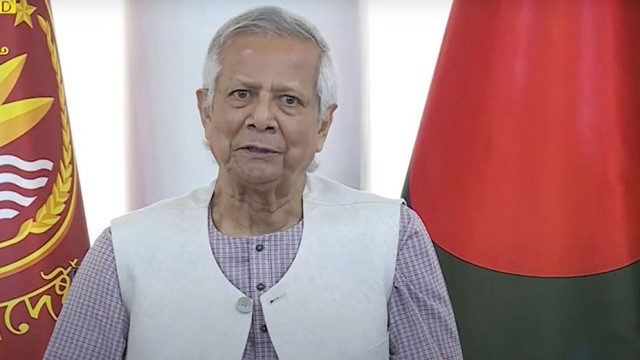
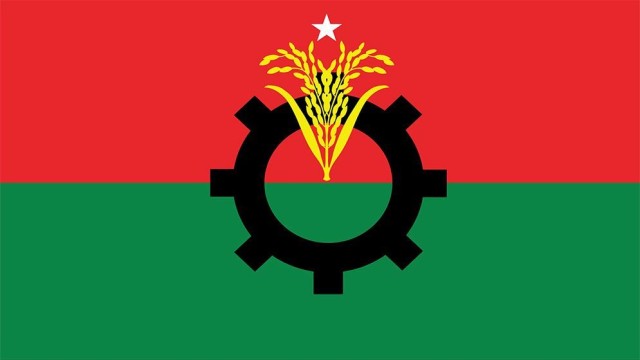

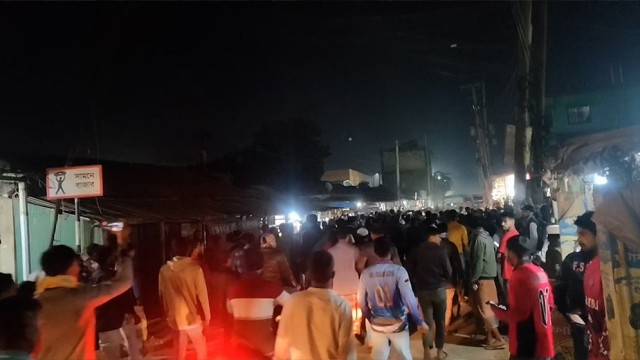

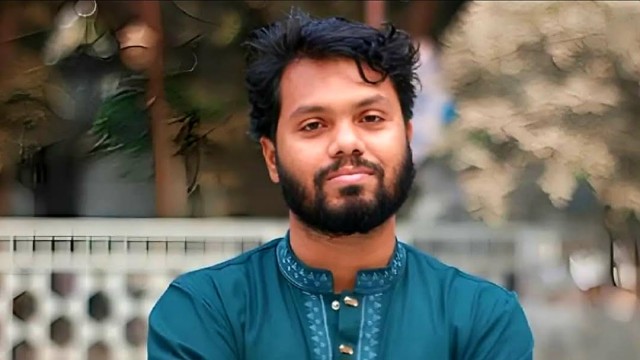
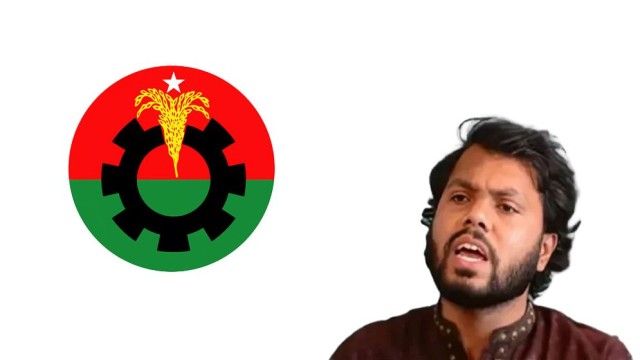
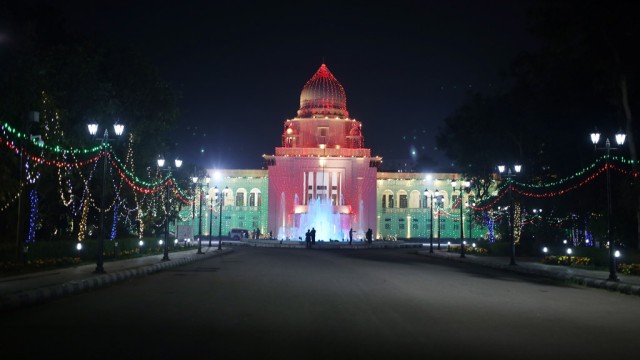
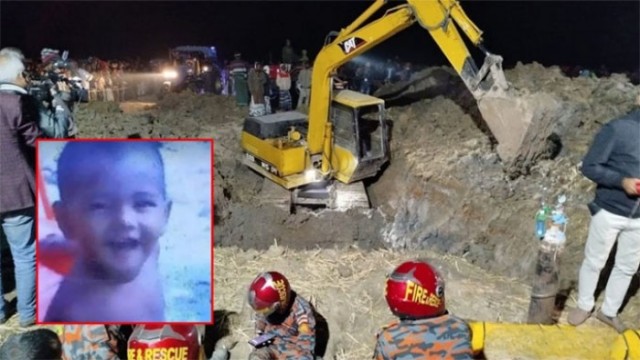

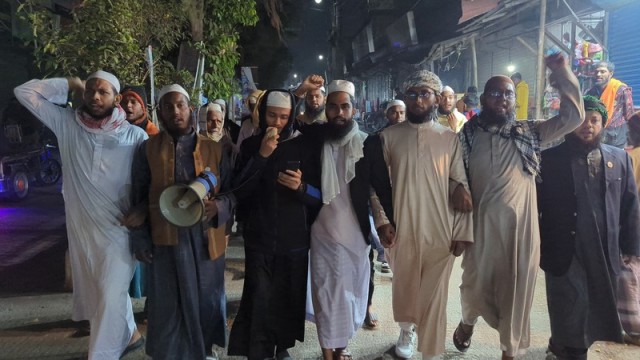
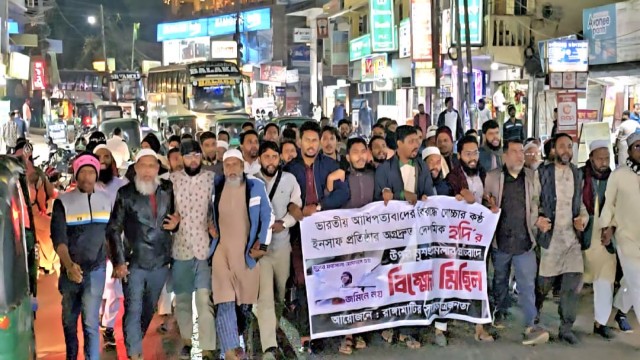
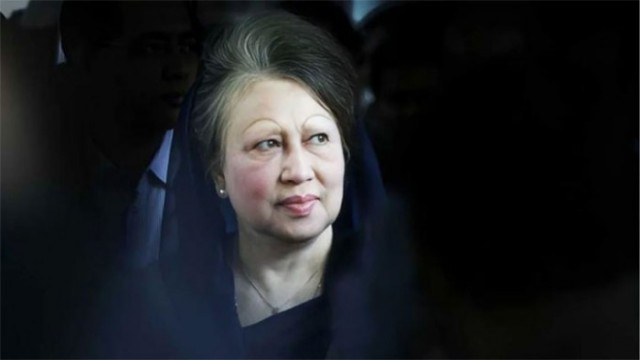

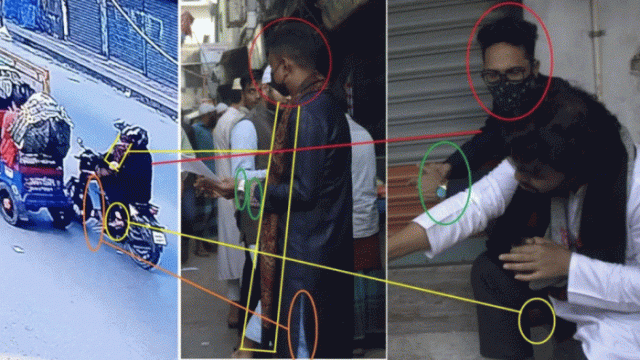
Comment: